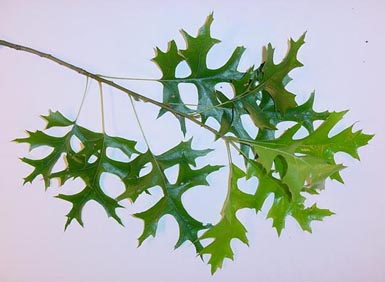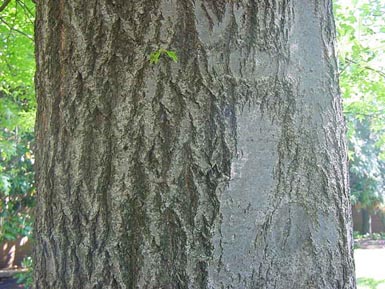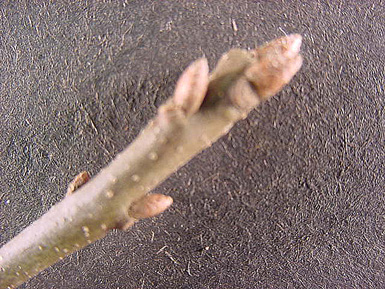Form: This tree is medium sized reaching 70 to 80 ft. in height and 2 1/2 to 3 ft. in dbh. It also is prymidal in shape.
Leaves:
Arrangement: alternate; 5-9 lobed (usually 5-lobed)
Shape: base truncate
Margin: bristle tipped
Texture: n/a
Venation: n/a

Bark: The bark in thin gray to grayish-brown in color. It is smooth when young and with age has scaly ridges with shallow fissures.

Twigs and buds: The twigs are reddish brown in color, slender, and lustrous. The buds are ovid and long with brown scales.

Flowers and fruit: Flowers are borne on catkins and spikes. The fruit is clustered and is long and spherical.

Distinguishing characteristics: This species leaves have sinuses nearly to midrib and almost at 45 degree angle. In addition the lower branches droop.
Range: This species is found from Southern Michigan south to eastern Arkansas and east to Virginia.
Silvics: This species is intolerant and occurs in swamps and bottom lands.
Ecological and cultural importance: This species is generally not commercially important. Fruit is important for white-tailed deer, wild turkeys, and waterfowl, especially wood ducks.